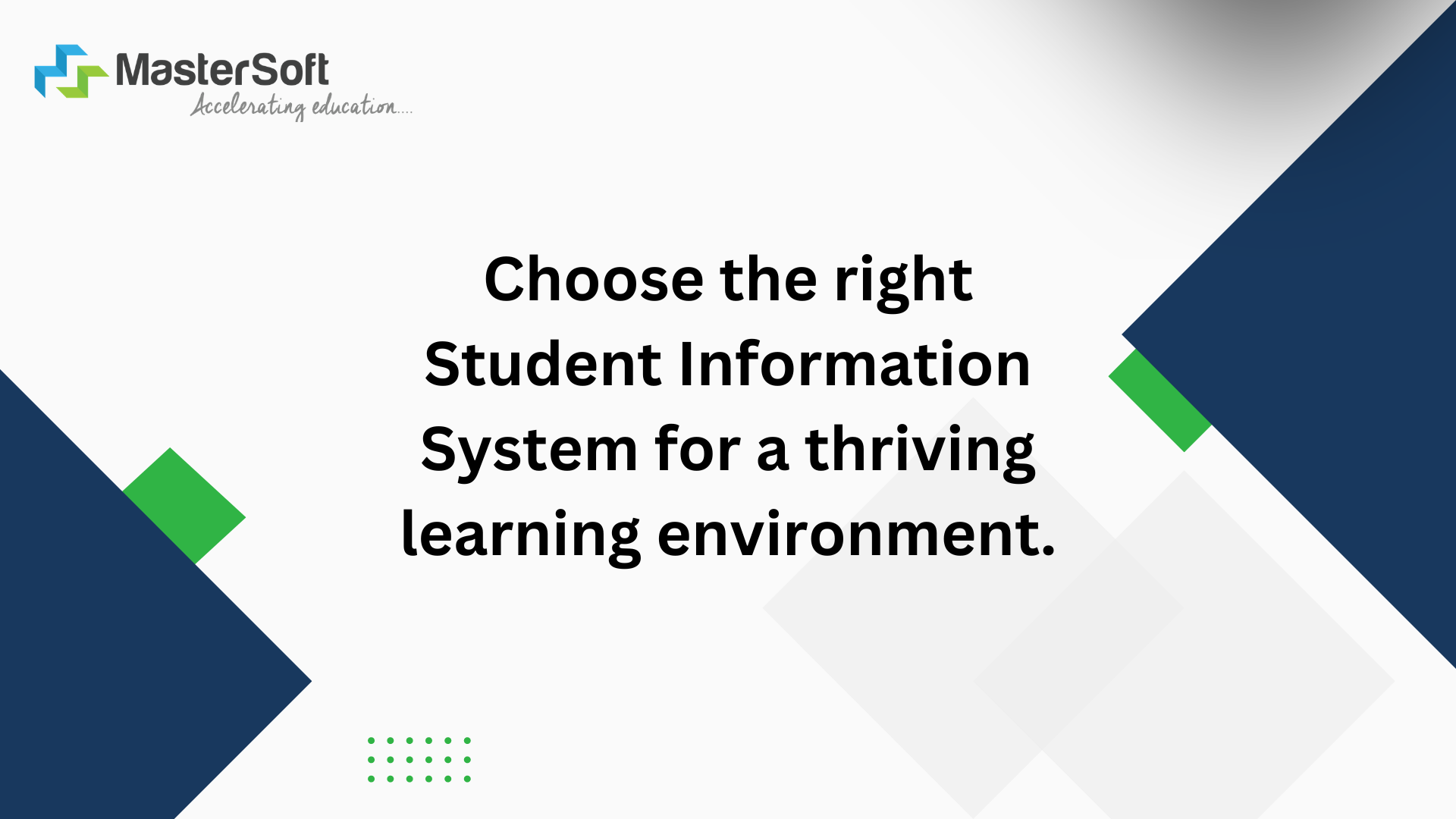The education sector is embracing a wave of innovation, and at the heart of this transformation lies a powerful tool: the Student Information System (SIS). An SIS is a comprehensive software application that streamlines and centralizes the management of student data. But its impact goes far beyond simply storing information. Modern SIS solutions offer a plethora of features that are revolutionizing the way educational institutions operate.
1. From Paperwork to Automation: Streamlining Administrative Tasks
Gone are the days of endless paperwork and manual data entry. An SIS automates numerous administrative tasks, freeing up valuable time for educators and administrators. Processes like registration, enrollment, and fee management become streamlined. Attendance tracking can be automated with features like facial recognition or ID card scanning. Report generation, once a time-consuming endeavor, can be accomplished with a few clicks. This allows educators to focus on what matters most – creating a positive learning environment for their students.
2. A Single Source of Truth: Data Accuracy and Accessibility
Accuracy and accessibility of student data are paramount. An SIS acts as a central repository for all student information – demographics, academic records, transcripts, attendance data, and more. This eliminates the need for duplicate data entry and ensures consistency across different departments. Authorized personnel can access relevant student information quickly and easily, fostering informed decision-making at all levels.
3. Communication Made Easy: Connecting with Students and Parents
Effective communication is crucial in education. An SIS can bridge the gap between teachers, students, and parents. Features like secure messaging platforms allow for two-way communication, keeping everyone informed about important announcements, assignments, deadlines, and student progress reports. Parents can stay involved in their child’s education, and students can easily reach out to teachers for clarification or support.
4. Personalized Learning: Data-Driven Decisions for Student Success
Modern SIS solutions go beyond data storage. They offer powerful analytics tools that can be used to identify student strengths and weaknesses, track progress over time, and measure the effectiveness of teaching methods. This data empowers educators to personalize learning experiences by tailoring instruction to individual student needs. Struggling students can receive targeted interventions, while high achievers can be challenged with advanced coursework.
5. Fostering Collaboration: A Connected Learning Community
Education is not a solitary pursuit. An SIS can facilitate collaboration among educators, staff, and even parents. Online forums and discussion boards allow teachers to share best practices, exchange resources, and support one another. Parents can connect with each other to build a sense of community and share experiences. This collaborative environment fosters a shared commitment to student success.
6. Embracing Blended Learning: Integrating Online and Offline Resources
The future of education lies in a blend of traditional classroom instruction and online learning opportunities. Many SIS solutions integrate with Learning Management Systems (LMS) and other online learning platforms. This allows educators to easily share digital resources, track student progress in online courses, and create blended learning experiences that cater to diverse learning styles and needs.
7. Reporting Made Simple: Gaining Valuable Insights
Data is king in today’s world, and education is no exception. An SIS provides administrators with the tools to generate comprehensive reports on various aspects of the educational institution. These reports can track enrollment trends, identify student at-risk factors, and measure the effectiveness of various programs. This data provides valuable insights that can be used to make informed decisions about resource allocation, curriculum development, and overall educational strategy.
8. Security and Privacy: Protecting Sensitive Student Data
Student data privacy is paramount. A reputable SIS solution prioritizes data security with robust encryption protocols, access controls, and regular security audits. This ensures that sensitive student information remains protected from unauthorized access. Additionally, SIS solutions should comply with all relevant data privacy regulations, giving parents and students peace of mind.
The Future of Education Management: A Collaborative Ecosystem
Student information systems are not standalone solutions. They are part of a larger ecosystem of educational technology tools. By integrating seamlessly with other platforms, SIS solutions can create a more holistic and efficient learning environment. As technology continues to evolve, we can expect to see even more innovative features and functionalities emerge in the realm of SIS solutions. This will empower educational institutions to manage student data effectively, personalize learning experiences, and ultimately, prepare students for success in a rapidly changing world.
Read More Blog Here


